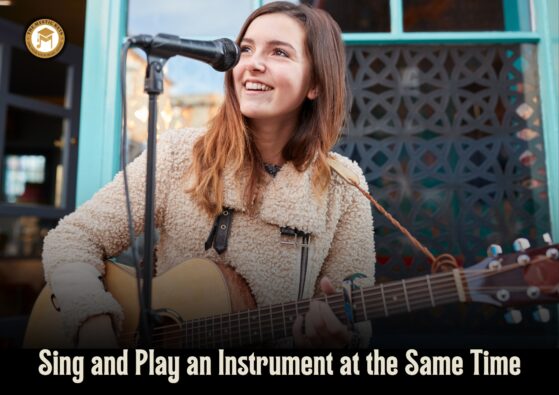Understanding Taal in Hindustani Classical Music
Taal, the rhythmic framework in Hindustani classical music, is the cornerstone upon which the entire musical structure is built. It provides the rhythmic blueprint, defining the duration and pattern of musical phrases and improvisations. A deep comprehension of taal is essential for both musicians and listeners to fully appreciate the intricacies and beauty of Hindustani classical music.
The Concept of Taal
Taal is a cyclic structure comprising a specific number of beats (matras) divided into various units (angas). This cyclical nature creates a sense of anticipation and fulfillment, adding depth and complexity to the musical experience.
- Matra: The fundamental unit of time in Hindustani music.
- Anga: A division of the taal cycle.
- Avartan: The complete cycle of beats that repeats.
Common Taals in Hindustani Music
There is a vast array of taals in Hindustani classical music, each with its unique characteristics and complexities. Some of the most commonly employed taals include:
- Teen Taal: A versatile taal with sixteen beats, often considered the most popular in Hindustani classical music.
- Jhaptaal: A lively taal with ten beats, frequently used in fast-paced compositions.
- Ektaal: A steady and grounded taal with twelve beats, often associated with meditative and devotional music.
- Dadra: A simple taal with six beats, commonly used in lighter and folk-inspired compositions.
- Rupak Taal: A graceful taal with seven beats, known for its asymmetrical structure.
The Role of Taal in Hindustani Music
Taal plays a pivotal role in various aspects of Hindustani classical music:
- Rhythm: Provides the rhythmic foundation for the composition.
- Melody: Influences the melodic structure and phrasing.
- Improvisation: Serves as a framework for improvisation and solo performances.
- Structure: Defines the overall structure of a musical piece.
Learning Taal
Mastering taal requires dedicated practice and a keen sense of rhythm. Here are some tips for learning taal:
- Listening: Immerse yourself in Hindustani classical music to develop a strong rhythmic foundation.
- Counting: Practice counting the beats and angas of different taals.
- Visualization: Visualize the taal cycle as a circular pattern.
- Practice: Regularly practice clapping or playing along to different taals.
The Importance of Tabla in Taal
The tabla, a percussion instrument, is indispensable in Hindustani classical music. It provides the rhythmic framework, keeping the musicians in sync and guiding the audience through the complexities of the taal. The tabla player, or tablachi, is a vital component of any Hindustani classical music ensemble.
Conclusion
Taal is the lifeblood of Hindustani classical music, providing the rhythmic structure that gives the music its depth and complexity. By understanding the intricacies of taal, listeners and musicians can gain a deeper appreciation for the beauty and artistry of this rich musical tradition.
Additional Resources:
By exploring the world of taal, you embark on a journey of rhythmic discovery that will enrich your understanding and enjoyment of Hindustani classical music.
For more information and exciting resources about learning music, visit our website at The Mystic Keys. For more music content and exciting offers follow us on








